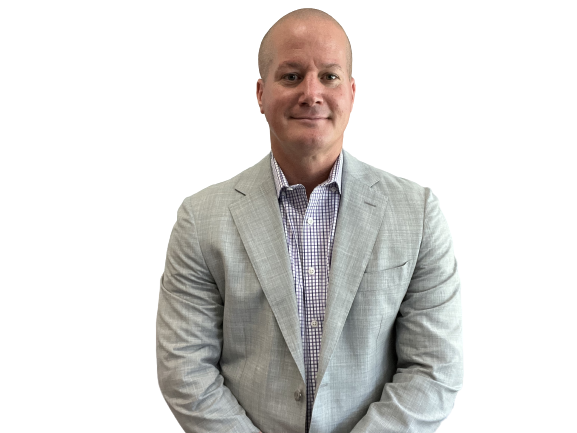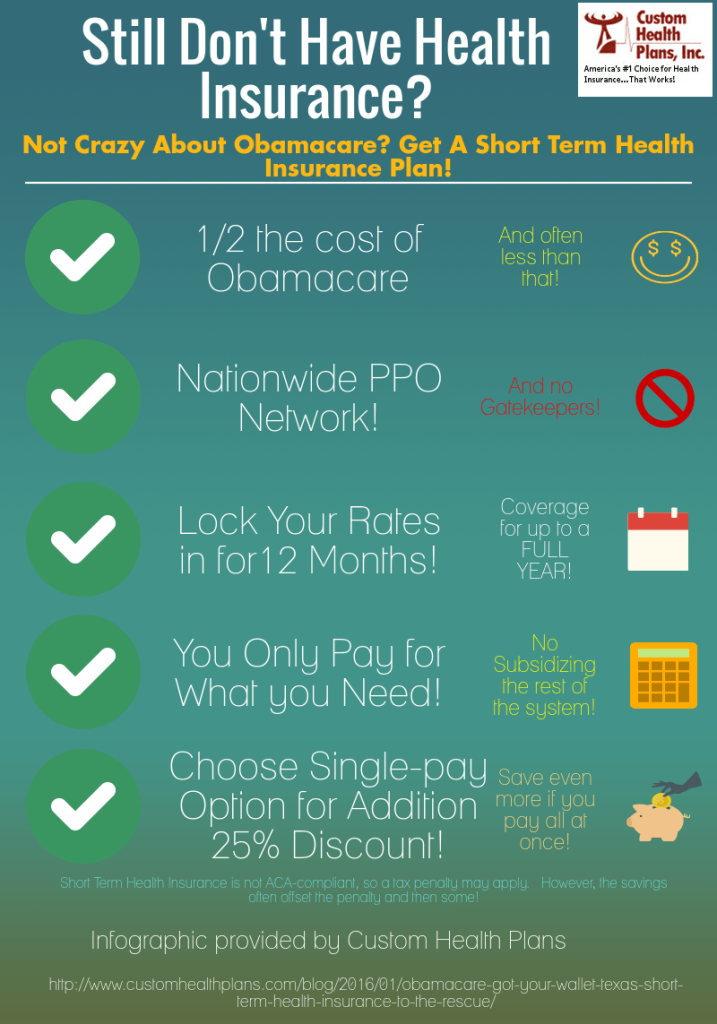8 Easy Facts About Medicare Advantage Agent Explained
6 Simple Techniques For Medicare Advantage Agent
Table of ContentsThe 15-Second Trick For Medicare Advantage AgentThe Buzz on Medicare Advantage AgentThe 4-Minute Rule for Medicare Advantage Agent


follows from adheres to the relatively young reasonably profile of the uninsured with without insurance better health, health and wellness average, standard younger personsMore youthful For those without accessibility to workplace wellness insurance policy, poor wellness is a prospective barrier to acquiring nongroup insurance coverage due to the fact that such coverage may be extremely valued, omit pre-existing conditions, or be just unavailable. Unless otherwise noted, national quotes of individuals without wellness insurance policy and percentages of the populace with different kinds of insurance coverage are based on the CPS, the most extensively utilized resource of quotes of insurance coverage and uninsurance rates.

10 Easy Facts About Medicare Advantage Agent Described
The partnership between health and wellness insurance coverage and access to care is well established, as recorded later on in this phase. The connection in between wellness insurance coverage and wellness end results is neither straight nor simple, an extensive scientific and health and wellness services research study literary works web links wellness insurance policy coverage
to improved enhanced accessibility care, better much betterTop quality and improved personal individual population populace statusCondition The second record, on personal health and wellness end results for without insurance grownups, is represented by the inner circle of the figure, while the third report, on household wellness, encompasses the subjects of the second report yet highlights a different unit of evaluation, specifically, the family.
It focuses specifically on those without any wellness insurance coverage for any kind of length of time. The problems dealt with by the underinsured remain in some areas similar to those encountered by the uninsured, although they are typically less severe. Uninsurance and underinsurance, however, involve definitely different policy issues, and the techniques for addressing them might differ. Throughout this research and the five reports to follow, the major emphasis is on persons with no wellness insurance policy and therefore no assistance in spending for health care past what is offered with charity and safeguard organizations. Wellness insurance policy is an effective aspect affecting receipt of treatment due to the fact that both patients and physicians react to the out-of-pocket rate of services. Medical insurance, however, is neither needed nor sufficient to get to medical solutions. The independent and straight impact of wellness
insurance coverage protection access to health health and wellness solutions well establishedDeveloped Others will get the wellness treatment they require also without medical insurance, by paying for it out of pocket or seeking it from providers that supply treatment cost-free or at extremely subsidized prices. For still others, wellness insurance alone does not make certain invoice of treatment as a result of other nonfinancial barriers, such as a lack of health and wellness care service providers in their community, minimal access to transportation, illiteracy, or linguistic and cultural distinctions. Official research study concerning without insurance populaces in the United States dates to the late 1920s and early 1930s when the Committee on the Expense of Treatment produced a series of reports about funding medical professional workplace gos to and hospital stays. This check this site out problem became salient as the numbers of clinically indigent climbed during the Great Anxiety. Empirical researches constantly support the web link between access to care and improved health results(Bindman et al., 1995; Starfield, 1995 ). Having a routine source of care can be taken into consideration a predictor of gain access to, instead than a direct step of it, when wellness end results are themselves made use of as accessibility indicators. This extension of the idea of gain access to dimension was made by the IOM Committee on Monitoring Access to Personal Healthcare Solutions(Millman, 1993, p. Whether moms and dads are guaranteed appears to impact whether or not their children obtain care in addition to just how much careeven if the kids themselves have insurance coverage(Hanson, 1998). The health and wellness of moms and dads can impact their capacity to look after their kids and the level of family members stress. Fretting about their youngsters's accessibility to care is itself a resource of anxiety for parents. 3 phases adhere to in this report. Chapter 2 gives an introduction of just how employment-based health insurance, public programs and individual insurance coverage policies run and communicate to offer substantial however incomplete insurance coverage of the united state population. This consists of an evaluation of historic fads and public plans affecting both public and exclusive insurance coverage, a discussion of the communications among the various kinds of insurance policy, and an evaluation of why people move from one program to an additional or wind up
